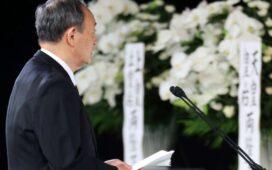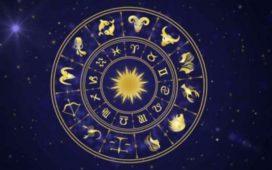When Adi Shankaracharya was asked what, other than all of your material possessions, can free you, he responded, “Shri Rudram.”
To invoke and pay homage to the cosmic Shiva tattva (Shiva energy or principle), a set of mantras known as Shri Rudram or Rudra Puja is performed. These mantras will not only help one grow spiritually, but they will also help one achieve all of their material goals. Let’s find out what these chants are all about and how a Rudra Puja is performed. Find the best online puja services here
Atharvashirsha of Ganpati: Invoking Lord Ganesha, the Lord of Obstacles, at the beginning of any puja or ritual is mandatory. The oldest surviving text on Lord Ganesha, Ganpati Atharva, honors the elephant-faced god. Ganesha is portrayed in this as the energy that is the same for every deity, as the ultimate reality and truth (brahman), as Atman, which is one’s own soul, and as Om, which is the fundamental unit of the universe.
Shri Rudram consists of five major parts:
Anganyas: Before one can pray to a deity outside of themselves, Ananias is the process by which one invokes the deity within themselves. The person performing the puja gives flowers to all the gods and then puts some on their own head before the Shri Rudram begins. To demonstrate that they possess the energy of Rudra, this act is performed. To be eligible to perform the Rudra Puja, one must first invoke Rudra within themselves.
Panchamrut Snanam: The panchamrut is used to perform the abhishekam, or worship, of the Shiva Lingam following the Anganyas. The five elements that make up the universe—space, air, fire, water, and earth—are symbolized by the Pancha-tattvas, which are represented by the panchamrut’s components. The Shivalinga itself is the representation of this existence, which encompasses both the visible and invisible universes.
Namakam: Namakam is the awareness of the Shiva tattva’s presence in everything. Quantum physics says that all of us are made of the same energy. The purpose of this section of Rudram is to acknowledge that everyone and everything carries the same energy. Even Rudra’s bow and arrows are honored, for example. The chant mentions: at one point.
Vanchate Parivanchate, taskaranaye namo Namaha
Chamakam: Vanchate Parivanchate, taskaranaye This makes us realize that we are the source of everything that exists. As a result, that tattva or Rudra can be found everywhere, and I can find that energy in everything I touch. The Rudra that is already within us is the object of our worship here.
The final stage of the Rudra Puja is performed in a variety of ways in various parts of India. In the northern regions, Purush Sukta is the culmination of Shri Rudram. At some locations, like The Art of Living International Center, it comes to an end with Durga Sukta. These mantras praise the Divine Goddess Durga. Without worshiping Durga, Shiva worship is incomplete. Before beginning the Rudram, one worships the Rudra within themselves. After becoming the Rudra, we must also worship the goddess in her Durga form, who represents the entire manifest universe.











